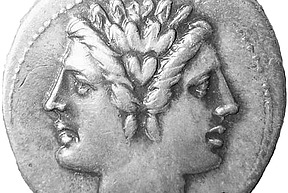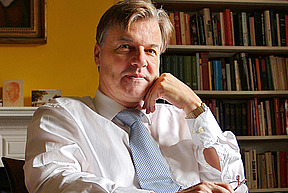Spring 2021
Includes a variety of articles by Faculty and Members exploring the origins of the Second World War and the bias that is often built into state accounts; mathematical dualities and Fourier transforms; and the troubling history and misuse of the term “moral hazard” in health insurance. Also featuring a transcript of Alondra Nelson’s remarks, delivered on the occasion of her appointment as Deputy Director for Science and Society in the White House Office of Science and Technology Policy; and Avi Wigderson’s 2021 Abel Prize for foundational contributions to the field of the theory of computation.



